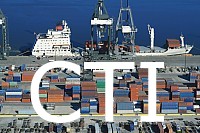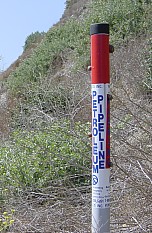
 |
 This meeting brings together a small group (about 35) of public/private sector experts and academics. Over two days
of presentations, demonstrations and discussions, we shall explore a variety of perspectives, with the aims of
This meeting brings together a small group (about 35) of public/private sector experts and academics. Over two days
of presentations, demonstrations and discussions, we shall explore a variety of perspectives, with the aims of|
Topics of primary interest
|
The meeting is sponsored by the NCRST-Infrastructure consortium and the Vehicle Intelligence and Transportation Analysis
Laboratory (VITAL)
at NCGIA, University of California, Santa Barbara, which are funded
by the U.S. Department of Transportation (Research and Special Programs
Administration), NASA Applications Division,
ESRI and the California Department
of Transportation (Traffic Operations). CTI and other research performed under this project can be found at the CIP and Research pages.
 We invite scientific papers as well as system demonstrations, that address
and enhance understanding of the above topics. Demonstrations of
a commercial nature are welcome, on condition that they are original
in content, and presentors must be prepared to discuss details of methodology
and algorithms,
not just to advertize their offerings. This must be clear from the
abstract and paper. Note that commercially oriented presentations are
not eligible for the TRB special session.
We invite scientific papers as well as system demonstrations, that address
and enhance understanding of the above topics. Demonstrations of
a commercial nature are welcome, on condition that they are original
in content, and presentors must be prepared to discuss details of methodology
and algorithms,
not just to advertize their offerings. This must be clear from the
abstract and paper. Note that commercially oriented presentations are
not eligible for the TRB special session.